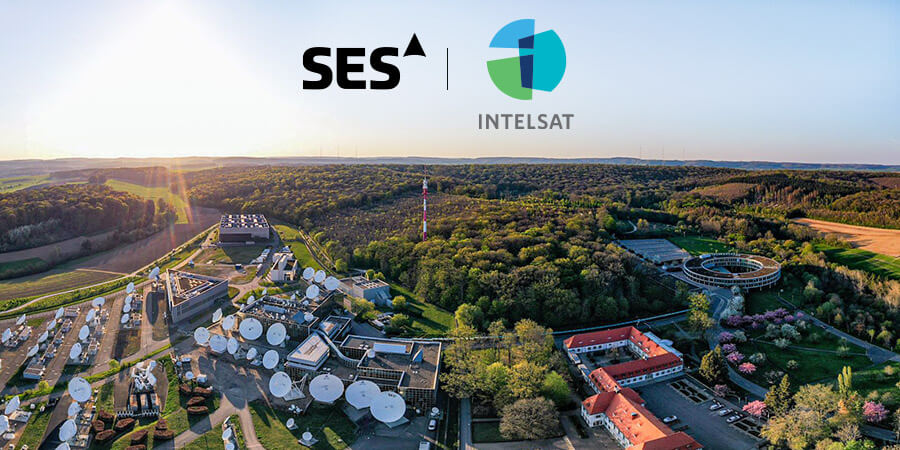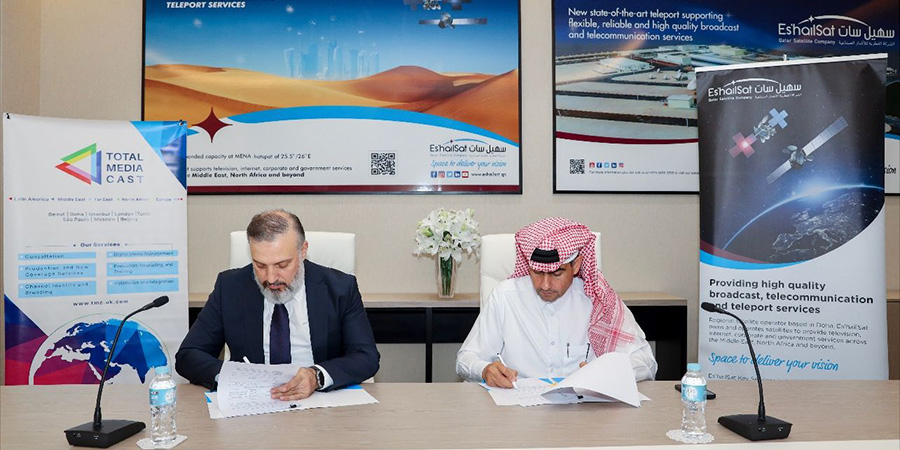Ericsson's Group chief technology officer, Ulf Ewaldsson, has identified five key technology trends that will stimulate innovation within the ICT industry in 2017, creating new value streams for consumers, industries and society.
Keeping up with the relentless pace of change in the ICT industry is a daily challenge for modern tech companies. The key to long-term success lies in the ability to understand change almost before it occurs and seize the opportunity to shape evolving technologies.
"Tech companies often gain competitive advantage by causing market disruption through their ability to understand and act on technology trends. Like waves in the ocean, it's much easier to ride these trends if you can see them coming and read them right. But of course, true technology leadership happens when you start making your own waves. As I see it, there are five key technology trends that will stimulate innovation within the ICT industry in the coming year, creating new value streams for consumers, industries and society. All five pivots around a technology-enabled business ecosystem made possible through a universal, horizontal and multipurpose communications platform," said Ulf Ewaldsson, Ericsson group technology officer.
"Operators have digital transformation as part of their business agenda whether as network enablers, service creators or even service enablers. Throughout the transformation, they are always looking for ways that could help them best optimize their business, acquire licenses in some countries, divest or consolidate. We need to see what fits them better. We need to be sensitive to their needs and plans. Second, understanding our customers' culture is very critical. In different parts of the world, operators conduct business in different ways. We need to understand that, and we respect the sensitivity of that issue. Our jobs are to share our experiences and be the advisor of the Digital Transformation agenda, make sure that there are synergies, they feel comfortable and that they can talk to us and trust us. This is something that we have to learn and build," said Rafiah Ibrahim, Head of Ericsson Region Middle East and East Africa.
According to Ewaldsson, the five key technology trends that will stimulate innovation within the ICT industry in 2017 are:
#1: Spreading intelligence throughout the cloud
Connected smart machines, such as robots and autonomous vehicles, are fundamental to the evolving Networked Society. Enhanced cloud architecture that can distribute and share machine intelligence will enable smart connected machines to work on an increasingly higher level.
#2: Self-managing devices
Combining sensory data with AI techniques enables the data from massive numbers of sensors to be merged and processed to create a higher-level view of a system.
#3: Communication beyond sight and sound
Communication will evolve in a highly remarkable way over the coming years, as interaction between human beings and machines evolves to include additional experiences and senses. The internet you can feel is on the horizon.
#4: Fundamental technologies reshaping what networks can do
The laws of physics are the only real restriction on the development of communication networks. Ericsson is firmly committed to pursuing innovations that challenge present system limitations to help us reach beyond what is possible today.
#5: Weaving security and privacy into the IoT fabric
In a world where everyone's personal and financial information is available online, cyber security and privacy are very serious issues for consumers, corporations and governments alike. And the rapid rise of wearables, smart meters, and connected homes and vehicles makes security and privacy more vital than ever.


















































